The dawn chorus of songbirds represents one of nature’s most magnificent daily performances, yet many people never experience this avian symphony in its full glory. As first light breaks across the horizon, an orchestra of birdsong erupts in a carefully choreographed sequence that has evolved over millions of years. Understanding when and how to witness this spectacular natural event can transform an ordinary morning into an extraordinary connection with the natural world. This article will explore the optimal times, seasons, and conditions for experiencing the rich tapestry of morning songbirds, along with insights into why birds engage in this remarkable daily ritual.
The Science Behind the Dawn Chorus
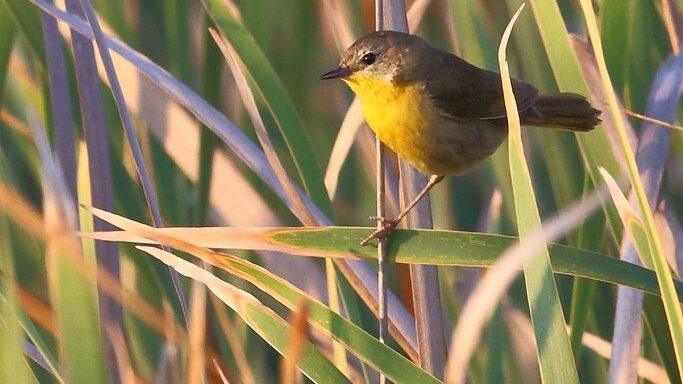
The morning songbird concert isn’t merely a random occurrence but a finely tuned biological phenomenon. Scientists believe that early morning singing serves multiple evolutionary purposes, including territorial defense, mate attraction, and social communication among bird communities. The still air of dawn carries sound more efficiently, allowing birds to project their songs over greater distances with less energy expenditure. Research has shown that bird species typically sing in a specific sequence, with thrushes, robins, and blackbirds often beginning the performance, followed by wrens, warblers, and finches, creating a layered composition that builds in complexity. This sequential singing also helps reduce acoustic competition between species, allowing each bird’s unique song to be heard more clearly against the backdrop of relative quiet.
Prime Hour: The Magic of First Light
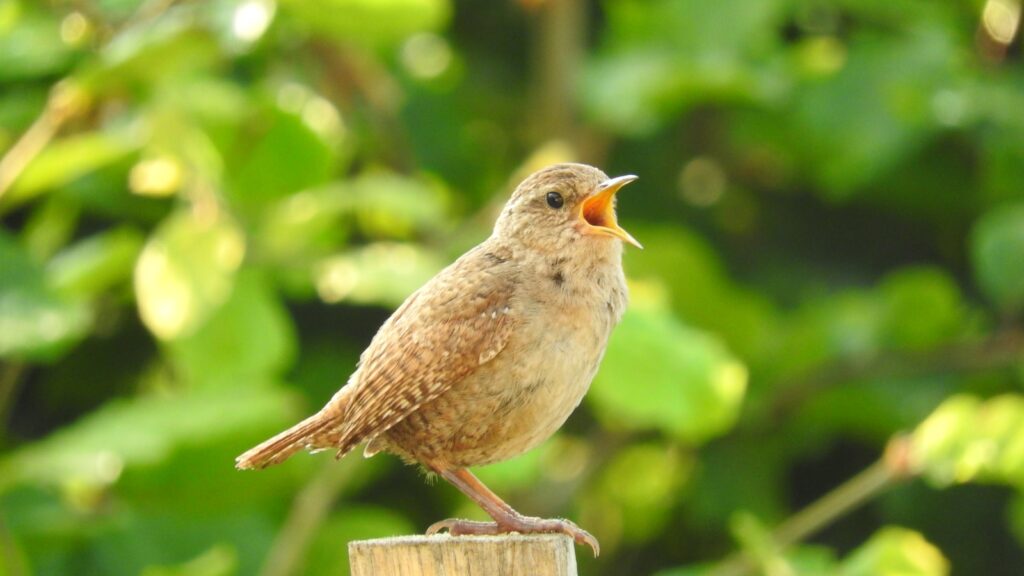
The most intense period of bird vocalization typically occurs during the 30-45 minutes surrounding sunrise, often starting while the sky is still dark. This brief window represents the absolute peak of avian vocal activity and offers listeners the richest soundscape. The chorus usually begins approximately 30-60 minutes before actual sunrise, with the first singers initiating their calls in near darkness. Different species have evolved to occupy specific acoustic niches within this timeframe, creating a natural progression that birding enthusiasts often describe as wave-like in its intensity. The crescendo typically reaches its peak just as the sun breaches the horizon, making this fleeting moment particularly special for dedicated bird watchers and nature enthusiasts who brave the early waking hours.
Seasonal Variations in Morning Bird Activity
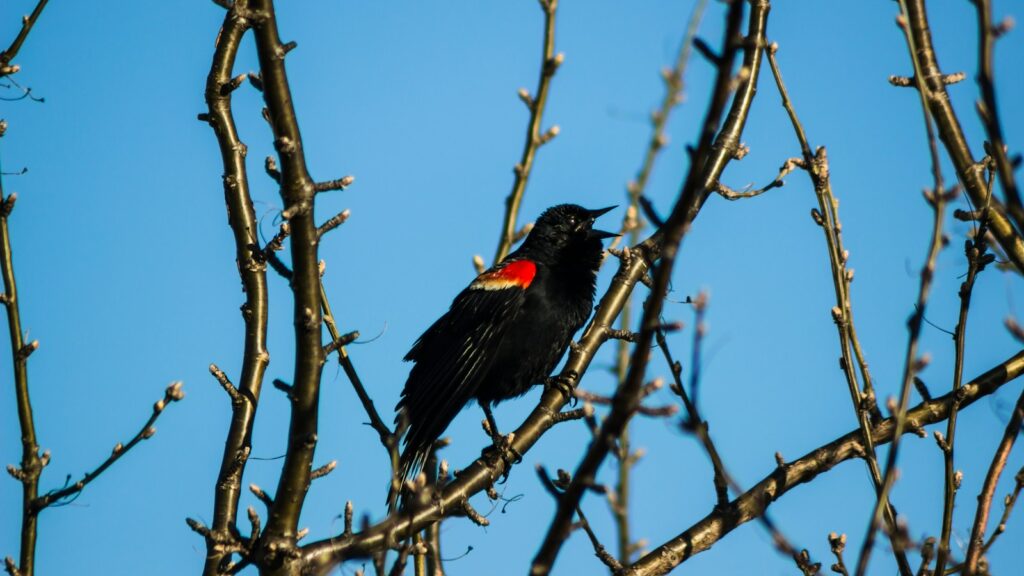
The intensity and diversity of the dawn chorus vary dramatically throughout the year, with spring offering the most spectacular performances. During breeding season (typically March through June in the Northern Hemisphere), male songbirds sing with heightened vigor and complexity to attract mates and establish territories. Summer mornings still feature significant bird activity, though somewhat diminished from the peak breeding season as many birds focus on raising their young. Autumn brings a more subdued chorus as territorial imperatives decrease, while winter mornings may offer only occasional songs from year-round resident species. In temperate regions, the spring dawn chorus can begin as early as 4:00 AM during peak breeding season, requiring early rising but rewarding listeners with the richest variety of songs and the greatest number of participating birds.
Weather Conditions for Optimal Listening

The weather plays a crucial role in the intensity and clarity of morning bird songs. Still, clear mornings with minimal wind create ideal conditions for sound propagation, allowing birdsong to travel farther and creating the most immersive listening experience. Moderate temperatures encourage more energetic singing, while extreme heat or cold can suppress vocal activity as birds conserve energy. Light rain generally doesn’t deter songbirds, and the period immediately after rainfall often triggers especially enthusiastic singing as birds celebrate improved foraging conditions. However, heavy precipitation or strong winds significantly diminish birdsong, as these conditions make communication difficult and may prompt birds to seek shelter rather than expend energy on singing.
Location Matters: Finding Songbird Hotspots

The composition and intensity of the dawn chorus vary dramatically depending on your location and the habitat types available. Edge habitats—where different ecosystems meet, such as woodland borders, lake shores, or the transition between forest and meadow—typically host the greatest diversity of songbirds and therefore offer the most varied chorus. Deciduous and mixed forests generally support more songbird species than coniferous forests, particularly during spring migration and breeding season. Urban parks and well-planted suburban neighborhoods can also provide surprisingly rich morning choruses, especially those with diverse native plantings and water features. Protected natural areas and wildlife refuges, particularly those with minimal human disturbance, often present the most pristine listening experiences for dawn chorus enthusiasts.
The Early Spring Explosion
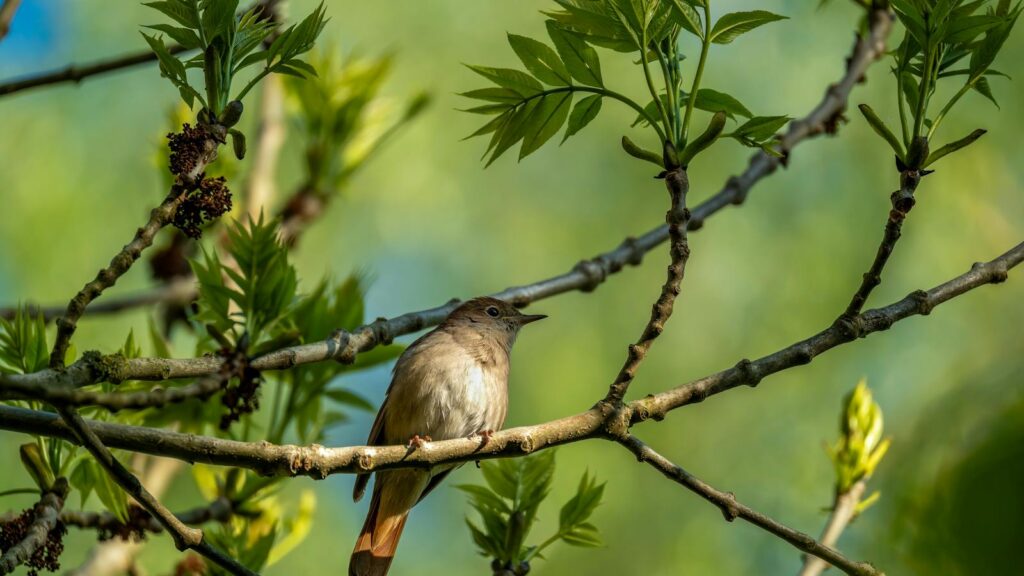
March through early May represents the absolute pinnacle of morning bird activity in most temperate regions as migratory species return and breeding behavior intensifies. During this period, the dawn chorus swells with returning warblers, thrushes, vireos, and other neotropical migrants joining the year-round resident species. The urgency of establishing territories and attracting mates creates a competitive singing environment where birds perform their most complex and persistent vocalizations. In many locations, the chorus during peak spring migration can feature upwards of 20-30 different species singing simultaneously, creating a rich tapestry of sound unmatched at any other time of year. Bird enthusiasts often plan their schedules specifically around experiencing these spring morning choruses, which can begin remarkably early—sometimes 90 minutes before sunrise during the height of breeding season.
Equipment and Preparation for Morning Bird Listening
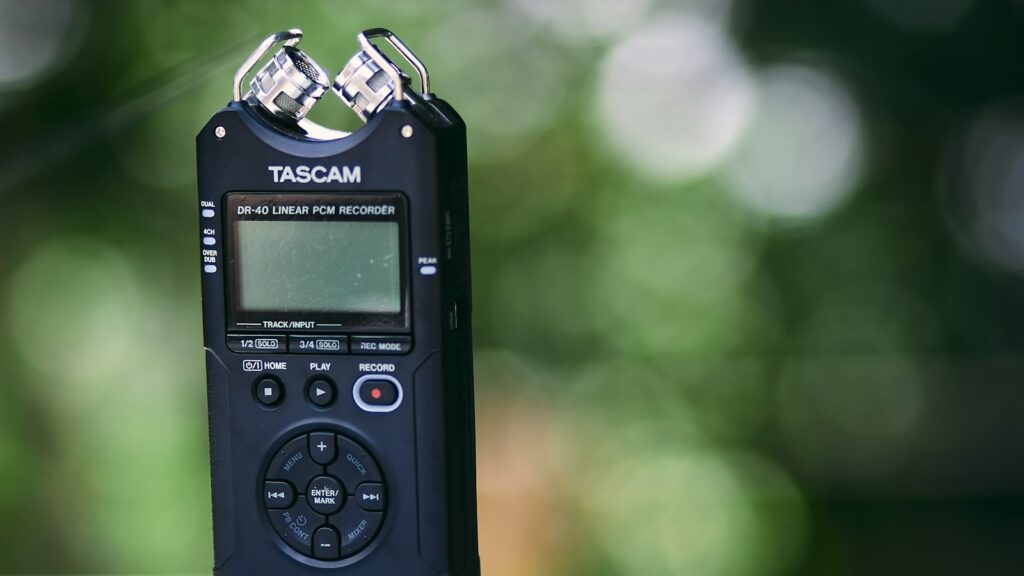
Experiencing the dawn chorus requires minimal equipment but thoughtful preparation. Comfortable clothing appropriate for potentially cool morning temperatures is essential, ideally in neutral colors that won’t startle wildlife. A quality pair of binoculars enhances the experience by allowing visual identification of singing birds, though the chorus can be fully appreciated through sound alone. For enthusiasts wishing to record or study the sounds, directional microphones and digital recorders can capture the experience for later enjoyment or analysis. Arriving at your chosen location at least 30 minutes before the expected start of singing allows you to settle quietly without disrupting the birds’ natural behavior. Many serious birders bring a small, portable seat to enhance comfort during extended listening sessions in the pre-dawn darkness.
Identifying Key Players in the Morning Orchestra
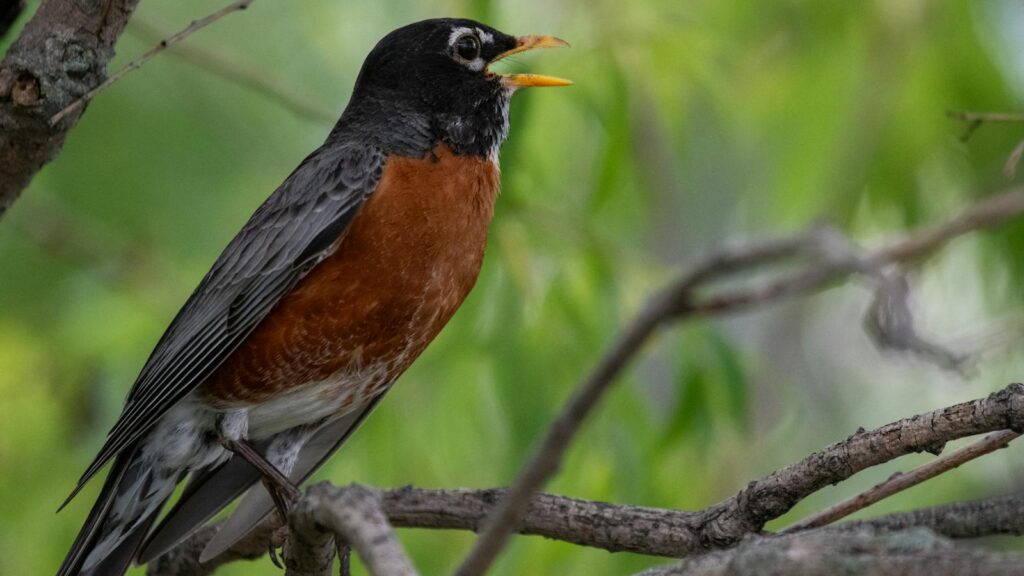
Learning to recognize the distinctive songs of common morning singers dramatically enhances the dawn chorus experience. American Robins are often among the earliest singers, with their clear, caroling phrases announcing the approaching dawn. Eastern Phoebes contribute their distinctive “fee-bee” calls, while Song Sparrows offer complex, musical trills that rise and fall in pitch. Wood Thrushes and Veeries (in eastern North America) provide some of the most hauntingly beautiful contributions, with flute-like, echoing phrases that seem to spiral through the forest. Cardinals, titmice, chickadees, and wrens round out the chorus with their characteristic songs, each occupying a specific acoustic niche in terms of timing, pitch, and pattern. Familiarizing yourself with these common voices before venturing out allows you to mentally “pick apart” the chorus and appreciate its complex structure.
The Second Wind: Evening Choruses
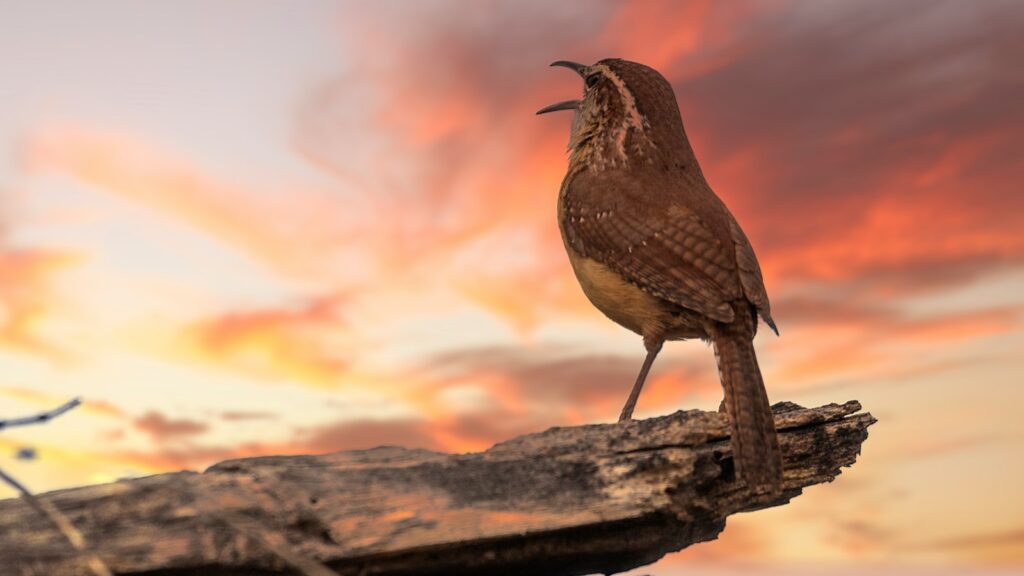
While dawn choruses receive the most attention, many songbirds also engage in a second, smaller performance as daylight begins to fade. This dusk chorus typically lacks the intensity and participation of the morning event but offers a more accessible alternative for those unable to rise before dawn. Evening singing serves similar territorial and communicative functions but generally involves fewer species and shorter durations. Cardinals, robins, and wood thrushes are particularly reliable evening performers, often continuing their songs well into the gathering darkness. The evening chorus typically begins about an hour before sunset and continues until light levels drop significantly, providing a beautiful soundtrack to the close of day for those willing to pause and listen.
Technological Aids for the Modern Bird Listener

Modern technology has transformed the ability to identify and appreciate bird songs for both beginners and experienced birders alike. Smartphone applications like Merlin Bird ID, Audubon Bird Guide, and BirdNET can instantly identify bird species by their songs, allowing real-time learning during the dawn chorus experience. Digital field guides with embedded sound recordings provide preparation tools before heading out, helping listeners know what to expect in their region. Recording devices ranging from professional field recorders to smartphone adapters can capture the dawn chorus for later enjoyment, sharing, or detailed study. For those unable to physically experience the dawn chorus due to mobility limitations or location, numerous websites and applications now offer high-quality recordings from around the world, providing virtual access to this natural phenomenon.
The Therapeutic Value of Morning Bird Listening

Beyond the pure enjoyment and educational aspects, research increasingly supports the significant psychological and physiological benefits of listening to natural soundscapes like the dawn chorus. Studies have demonstrated that exposure to bird song can reduce stress hormones, lower blood pressure, and improve mood and cognitive function through a process scientists call “attention restoration.” The act of rising early and immersing oneself in natural sounds creates a meditative experience that many practitioners describe as simultaneously calming and invigorating. Healthcare professionals have begun prescribing “nature listening” sessions as complementary treatments for anxiety, depression, and attention disorders, with morning bird choruses specifically recommended for their richness and diversity. Regular dawn chorus listening sessions can also establish a connection to natural rhythms that many people find grounding in our increasingly digital and disconnected world.
Conservation Implications and Citizen Science

The health and intensity of local dawn choruses serve as important indicators of ecosystem health and biodiversity. Participating in organized dawn chorus events or contributing to citizen science projects like the Cornell Lab of Ornithology’s eBird program helps scientists track population trends and distribution patterns of songbirds across different habitats. Urban noise pollution increasingly threatens the ability of birds to communicate effectively during crucial breeding periods, making quiet natural areas even more valuable for both birds and human listeners. Climate change is shifting the timing of migration and breeding behaviors, altering traditional patterns of the dawn chorus in ways that scientists are still working to understand. By documenting and appreciating this natural phenomenon, listeners become advocates for the habitats and conditions that allow these spectacular avian performances to continue for future generations.
Creating Morning Bird Habitat in Your Own Space
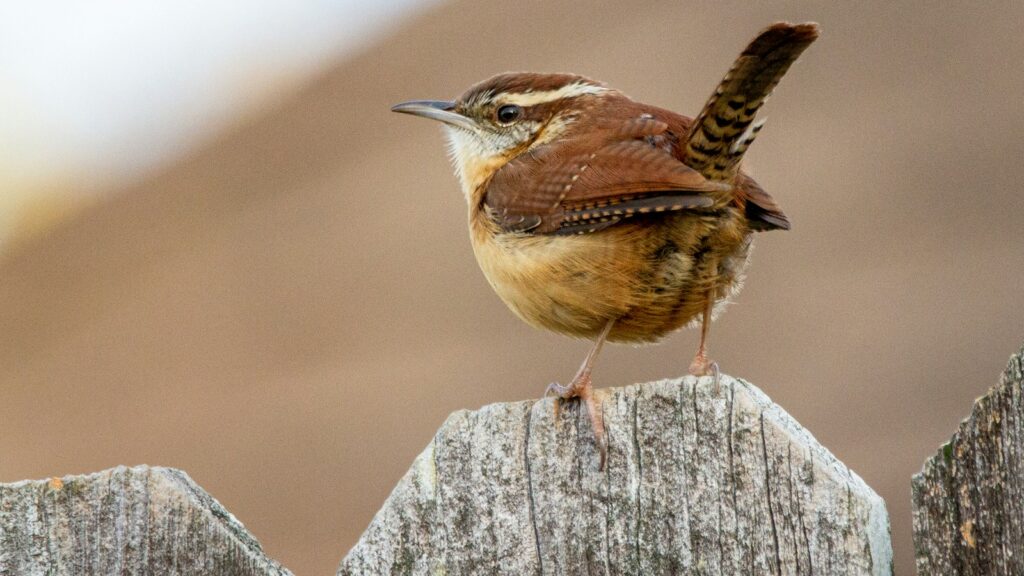
Even modest outdoor spaces can be transformed to attract morning songbirds, creating personal dawn chorus experiences close to home. Native plants that provide food, shelter, and nesting sites form the foundation of bird-friendly landscapes, with berry-producing shrubs and seed-bearing perennials offering sustainable food sources. Water features, from simple bird baths to small ponds or streams, serve as powerful attractants for songbirds, especially during dry periods when natural water may be scarce. Maintaining some structural diversity with trees, shrubs, and ground cover creates the layered habitat many songbird species prefer for security and nesting options. Reducing or eliminating pesticide use protects the insect populations that form crucial protein sources for breeding birds and their offspring, directly supporting more robust morning chorus participation from your local bird community.
Conclusion
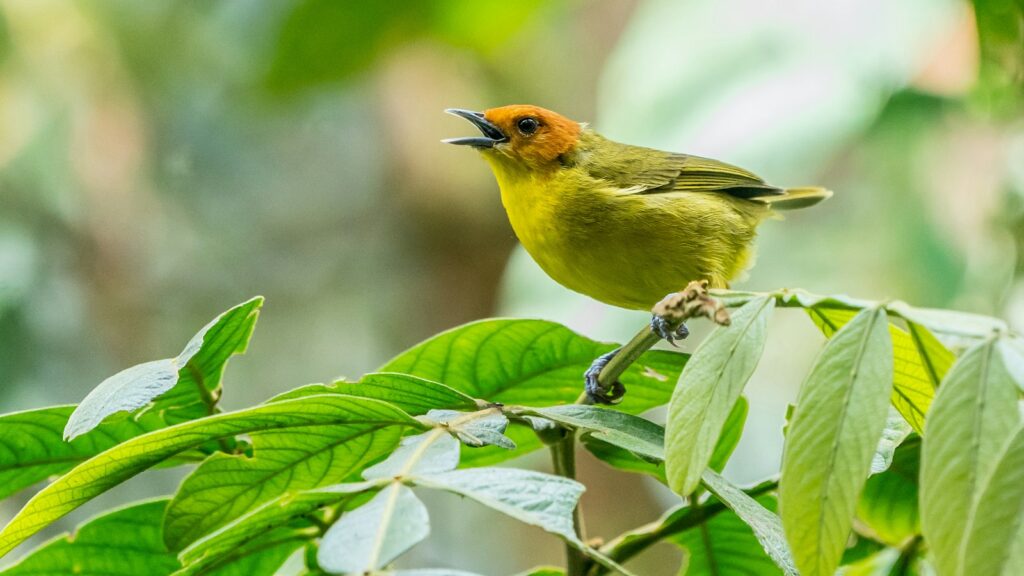
The dawn chorus represents one of our most accessible opportunities to connect with the natural world’s rhythms and complexity. By understanding the best times, conditions, and approaches for experiencing this daily miracle, we open ourselves to a sensory experience that has captivated humans throughout history. Whether you’re a dedicated birder rising hours before dawn with recording equipment in hand, or simply someone who occasionally pauses to appreciate the songs filtering through your bedroom window, the morning bird chorus offers a reminder of the wild world that continues its ancient patterns alongside our modern lives. As we face increasing detachment from natural cycles, these morning symphonies provide not just beauty, but an essential connection to the broader community of living beings with whom we share our planet.
